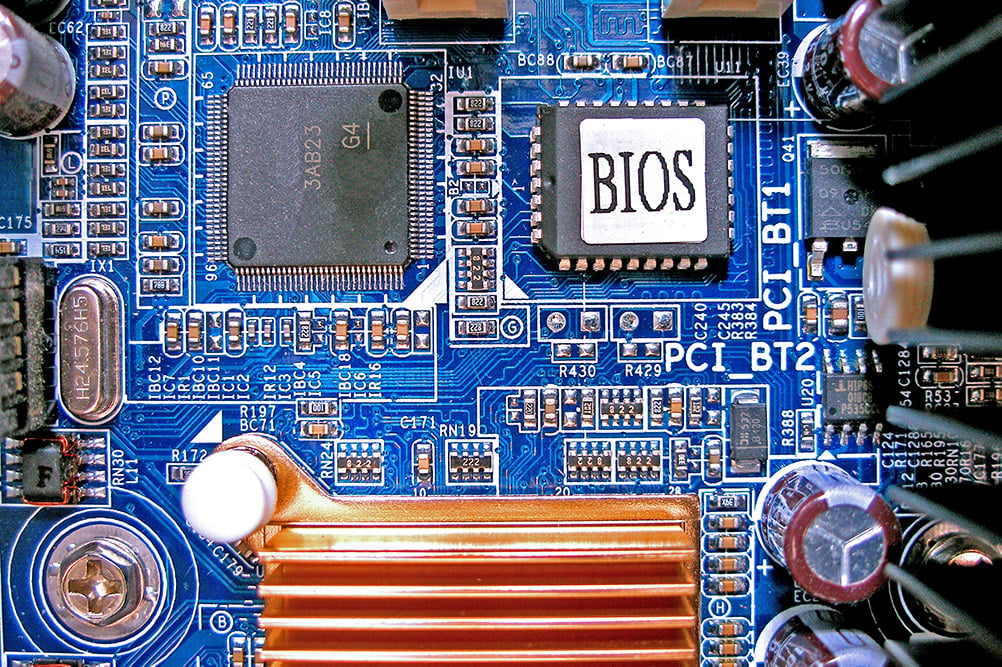Try setting up your ram manually instead of using XMP. In the bios, reset to default (F5), and Set the AI Overclock Tuner to Manual. Scroll down to Dram Frequency and select 3000MHz. Scroll down to Dram Voltage and enter 1.35v. Scroll down to CPU System Agent voltage and enter 1.20v.
Can you change the RAM speed in the BIOS?
Once in the BIOS, find your way to the ‘Overclock’ settings and look for memory settings there. After this, go back to the previous menu and look for DRAM voltage. Finally, search for the DRAM frequency and then choose the correct speed for your RAM from the drop-down list.
How do I change my RAM settings in the BIOS?
Look for the “Settings” or “Hardware” menu and click on it. Look at the amount of RAM listed in the computer’s BIOS. Make sure the amount of Memory matches your recent upgrade. Press the appropriate key to save the BIOS settings and exit.
Is overclocking RAM safe?
Overclocking RAM Isn’t Scary Overclocking RAM isn’t nearly as scary or unsafe as overclocking a CPU or GPU. An overclocked CPU or GPU can be much louder than one on default settings. With Memory, they don’t produce much heat at all, so it’s pretty safe.
Does XMP Damage RAM?
It cannot damage your RAM because it is built to support that XMP profile. However, in some extreme cases, XMP profiles use cross-voltage CPU specifications, which can damage your CPU in the long run.
How do I change my RAM settings?
Click Start > Settings > Control Panel. Double-click the System icon. In the System Properties dialog box, click the Advanced tab and click Performance Options. In the Performance Options dialog box, under Virtual Memory, click Change.
Do I need to update BIOS for RAM?
You don’t need to update the BIOS if you add or Change RAM.
How do I increase RAM speed?
How To Get The Most Out Of Your RAM Restart your computer. The first thing you can try to free up RAM is to restart your computer. Update your software. Try another browser. Clear your cache. Remove browser extensions. Track memory and cleanup processes. Disable startup programs you don’t need. Stop running background apps.
How do I check my RAM speed in the BIOS?
Motherboard BIOS You can always turn on or reboot your computer and load the BIOS by pressing F2 (setup) or F12 (boot menu), depending on your system. Once there, browse or navigate to the RAM or memory section to check clock speeds and other information.
Can I overclock 2400MHz RAM to 3000?
If your base RAM speed is 2400MHz, you will not easily get it at 3000MHz. And why do you need 3000MHz? A 2400MHz CL13 will crush a CL15 3200MHz. Just stick with 2660 MHz and use such DRAM timings.
Is higher MHz RAM better?
RAM frequency is measured in MHz and usually immediately follows the DDR version in the RAM specification. For example, 8 GB of DDR4-2400 RAM runs at a frequency of 2400 MHz. This is why higher-frequency RAM is technically faster, but that extra speed often doesn’t translate into better real-world performance.
Is 2400MHz RAM good?
Yes, it’s pretty good. I’m using 2133MHz 16GB with absolutely no problem gaming and multitasking.
Does XMP Reduce RAM Life?
Using XMP profiles is independent of overclocking the CPU or GPU. The XMP profiles are alternate timings for a specific memory chip and are set by the manufacturer that markets those memory chips to meet those timing specifications. So no, using XMP profiles will not shorten the system’s life.
Does XMP Increase FPS?
Surprisingly, XMP gave me a pretty big boost in fps. Project cars maxed gave me 45 fps in the rain. Fifty-five fps lowest now; other games had a big boost, too; bf1 was a lot more stable, with fewer dips.
Is Enabling XMP Bad?
XMP is very secure. Using XMP does not void the RAM warranty but may cancel the CPU warranty. If you don’t want to cancel the warranty, ask your CPU manufacturer if using the higher frequency with your CPU is okay. Other than that, it can’t hurt to try.
Can you change the RAM timing?
Unless you are a computer expert, manually changing advanced BIOS settings, including memory speed, is not recommended. Consult your RAM specifications or documentation to determine the nominal timing of your RAM. RAM timing numbers are listed in the following order: “6-6-6-22.”
Can I put RAM in slots 1 and 3?
In the case of a motherboard with four RAM slots, you will likely want to install your first RAM stick in the slot labeled 1. If you have a third stick, it will go into Slot 3, between Slot 1. and Slot 2. Finally, a fourth stick would go into Slot 4.
What happens if you don’t update the BIOS?
Why you probably shouldn’t update your BIOS If your computer is working properly, you probably shouldn’t update your BIOS. You probably won’t see the difference between the new and old BIOS versions. If your computer loses power while flashing the BIOS, your computer may be “bricked” and unable to boot.
How do I know if my BIOS needs to be updated?
Some will check if an update is available, while others will only show you the current firmware version of your current BIOS. In that case, you can go to the download and support page for your motherboard model and see if a firmware update file is available that is newer than the one currently installed.
Is it safe to update BIOS?
In general, you don’t need to update your BIOS that often. Installing (or “flashing”) a new BIOS is more dangerous than updating a simple Windows program, and if something goes wrong in the process, you could freeze your computer.
